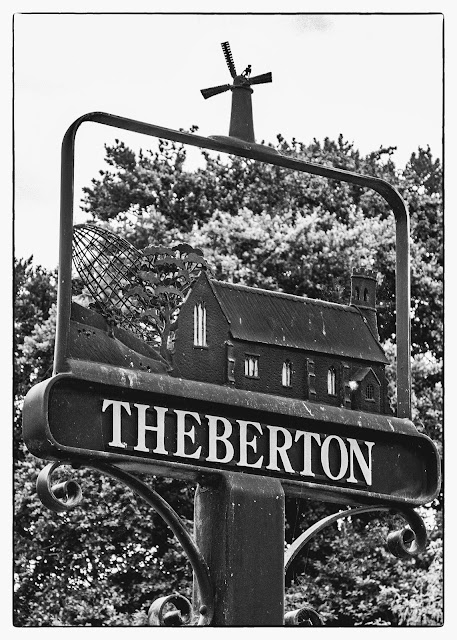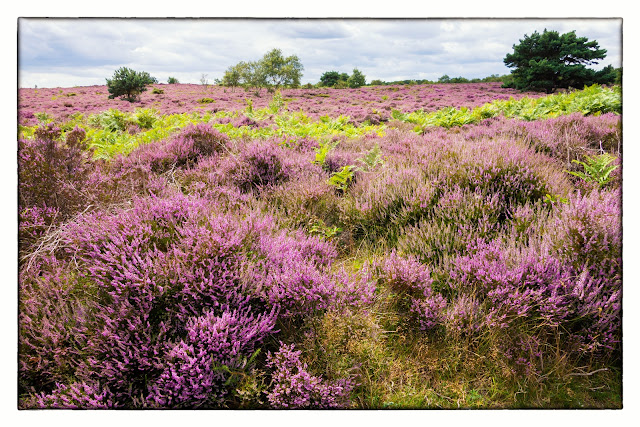Theberton and the tranquility of Dunwich
A visit to two interesting places today. One being Dunwich Heath and the other the village of Theberton. The village of Theberton has a grim past relating to the First World War, which can be perhaps glimpsed from the village sign? The burnt out airship. (sorry, not the best picture).
On the night of 17th June 1917, on the edge of this village, German Zeppelin airship L48 was brought down, with the agonising death of 16 of its crew. Finding yourself on fire and falling through the air cannot fill you with much hope of your survival, but remarkably some of the crew did survive, to be rounded up by the local constable, who I like to imagine arriving on his bike. The dead were buried in the graveyard extension here, before being moved to a military cemetery 60 years later, but their memorial remains. In the porch there is part of the superstructure of the giant airship, incongruous in a glass case.
The church of St Peter has one of Suffolk's prettiest round towers, and loveliest thatched roofs.
Another view of the tower with its gargoyles ready to discharge their water on the unsuspecting people below
For me, the most memorable part of the 1840s restoration becomes evident as you step into the nave, for the south arcade has been painted with extravagant stencilling, as if it had been tattooed. We know that much wood and stonework was painted in medieval times with geometric designs, and some survives in Suffolk at Kedington and Westhorpe. It is interesting to see an early 19th century interpretation. It is said that Cottingham based the scheme on traces of paint found on the arcades. Who knows?
Memorial window to Lieutenant Colonel Charles Hotham Montagu "Richard" Doughty-Wylie
Lieutenant Colonel Charles Hotham Montagu "Richard" Doughty-Wylie, VC, CB, CMG (23 July 1868 – 26 April 1915) was a British Army officer and an English recipient of the Victoria Cross, the highest award for gallantry in the face of the enemy that can be awarded to members of the British and Commonwealth armed forces. Doughty-Wylie was also posthumously awarded the Order of the Medjidie from the very Ottoman Government he had fought against.
A native of Suffolk, born at Theberton Hall, Doughty-Wylie was educated at Winchester College. His military career included the Chitral Expedition of 1895 and the 1898 Occupation of Crete, between and after which he was posted in Sudan serving with Lord Kitchener in the Mahdist War (1898–99). In 1899 he took part in the final defeat of the Khalifa as brigade major to the Infantry Brigade with the flying column, and was mentioned in despatches. He next served in the Second Boer War, then suppressing the Boxer Rebellion (1900) and in Somaliland (1903–04), where he commanded a unit of the Somaliland Camel Corps.
On 26 April 1915, following the landing at Cape Helles on the Gallipoli peninsula of the SS River Clyde, Lieutenant Colonel Doughty-Wylie and Captain Garth Neville Walford organised and made an attack through and on both sides of the village of Sedd-el-Bahr on the Old Fort at the top of the hill. The enemy's position was very strongly entrenched and defended, but mainly due to the initiative, skill and great gallantry of the two officers the attack was a complete success. However, both Doughty-Wylie and Walford were killed in the moment of victory, Doughty-Wylie being shot in the face by a sniper and died instantly.

In the churchyard, one of the better Puffballs I have seen for a while.
Some images of Dunwich Heath, the beautiful heather for which Dunwich is justly famous
Juvenile Stonechat
Pair of Common Blue
Painted Lady. We saw a lot of these today on our walk along to Minsmere and back.












Comments